8 Tips to Help You Eat Locally
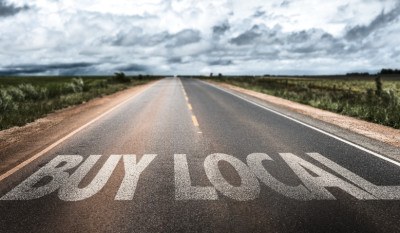 Eating local foods is healthy for you, the environment and the community.
Eating local foods is healthy for you, the environment and the community.
By choosing locally-sourced goods, you’ll not only support farmers, bakers and artisans in your community, but you’ll also be adding the freshest-tasting foods available to your diet.
Another, often unrealized, benefit to going local is the relationships you’ll form within your community. You’ll mingle with other local shoppers at the farmer’s markets, with those who grow and produce your food and with local food advocates like yourself.
These eight tips can help you get on your way to eating locally and eating better.
 1. Learn what’s in season. If it can’t be grown in your area in the current season, then you can be sure what you’re buying isn’t local. (Think mangoes in Connecticut in December.)
1. Learn what’s in season. If it can’t be grown in your area in the current season, then you can be sure what you’re buying isn’t local. (Think mangoes in Connecticut in December.)
Knowing what’s available in your area and when it’s at its prime will help you plan grocery lists and menus. In no time, you’ll be searching markets and farm stands for zucchini in July and for butternut squash in late-September.
Bonus: in-season produce is often less expensive than out of season fare. Search for local organizations that give advice about what produce is available in your area and where you can buy it.
2. Plant a garden. Or even a few plants! Herbs are easy to grow on windowsills, and pots of tomato plants will thrive on porches if you’re not ready to dig a plot in your yard.
If you lack the space, are a new gardener, or just love company, find (or start!) a community garden where you can have your own plot or garden with others to grow food for your community.
3. Buy local produce. It’s one statement, but the idea can be acted out in many ways. Locate the farm stands in your neighborhood. Local farmers large and small are selling their produce at literal stands where you can buy whatever is in season: tomatoes, strawberries, zucchini, and squash.
You can also shop at larger farmer’s markets, where multiple farmers and artisans will be selling their goods. Conduct online searches to find a farmer’s market near you.
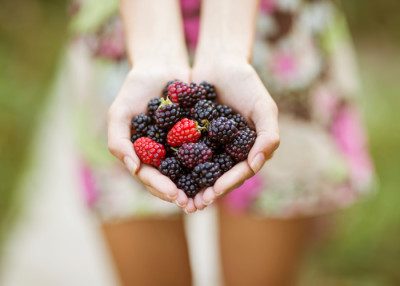 4. Pick your own. Peaches, berries, cherries, apples and pumpkins are among the fruits and veggies you can pick yourself. Find a participating u-pick farm in your neighborhood and take a field trip with the family.
4. Pick your own. Peaches, berries, cherries, apples and pumpkins are among the fruits and veggies you can pick yourself. Find a participating u-pick farm in your neighborhood and take a field trip with the family.
5. Join a CSA. CSA stands for “community supported agriculture.” By joining a CSA, members pay up front (before the season starts) for a weekly share of a local farm’s harvest for the year. The farmer benefits from this relationship because he’ll know exactly how much to plant and he or she can spend the season tending the farm instead of marketing produce.
Each week members receive a box of fresh, locally grown, organic fruits and vegetables that often come with storage tips and recipes from the farm or the CSA organization. Many CSAs also offer eggs, dairy, meat, bread, grains or beans.
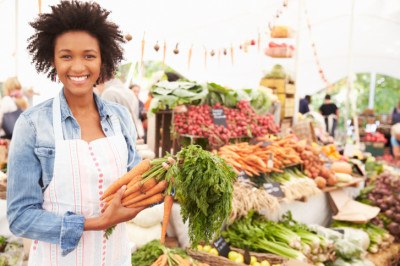 6. Check labels and look for local produce. Seek out, not only produce, but bread, jams, grains and other products that are grown or produced near you.
6. Check labels and look for local produce. Seek out, not only produce, but bread, jams, grains and other products that are grown or produced near you.
Many grocery stores and even restaurants are using signs or labels to let you know where your food is sourced, making it easier for you to choose the products that are made right in your neighborhood.
7. Read all about it. Does your city have its own Edible magazine? Research the small publications and community newsletters in your town to find out about upcoming markets and festivals, and check out the blogs from your favorite farms, purveyors, restaurants and shops that support eating locally to find out about new products and events.
8. Get involved in “eat local” organizations. Seek national organizations as well as their local branches. There are national organizations that support local, sustainable goods and you can easily find out what products, markets and even blogs are available in your area.
Your city or local area may have its own organization that is supported by a larger or national organization. Check out your local community centers or search online to find them.
We’re proud to bring you the freshest content on the web! Follow USANA on Twitter, like our USANA Facebook page and enjoy the latest videos on the official USANA YouTube channel.
 Learn what USANA is doing to make the world a better place.
Learn what USANA is doing to make the world a better place.
The future of personalized health and nutrition is now available with USANA’s True Health Assessment.


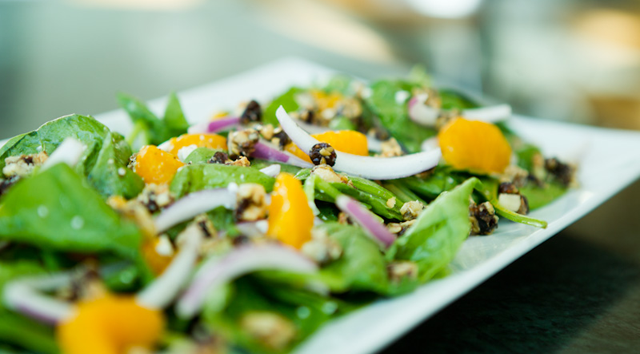

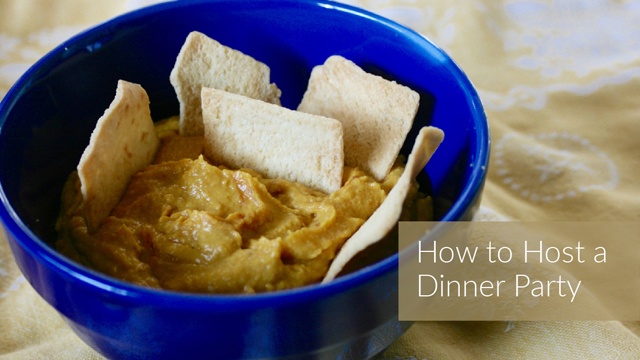





Leave a Reply
Want to join the discussion?Feel free to contribute!